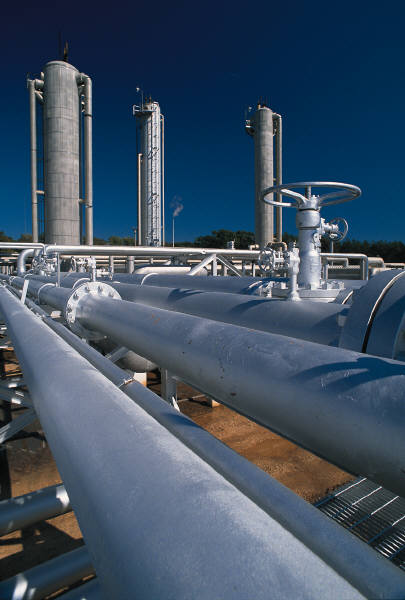
[Enter your text here.]


[Enter your text here.]

Economics
A number of factors determine the capital and operating costs for desalination: capacity and type of facility, location, feed water, labor, energy, financing and concentrate disposal.
Large-scale desalination typically uses large amounts of energy as well as specialized, expensive infrastructure, making it very costly compared to the use of fresh water from rivers or groundwater. Most of the modern interest in desalination is focused on developing cost-effective ways of providing fresh water for human use in regions where the availability of water is limited.
It is the high costs of desalination technologies, especially for developing countries, the impracticability and cost of transporting or piping massive amounts of desalinated seawater throughout the interiors of large countries that is the biggest problem with desalination.
Environmental
One of the main environmental considerations of ocean water desalination plants is the impact of the open ocean water intakes, especially when co-located with power plants.
Regardless of the method used, there is always a highly concentrated waste product consisting of everything that was removed from the created fresh water. This is sometimes referred to as brine, which is also a common term for the byproduct of recycled water schemes that is often disposed of in the ocean. These concentrates are classified by the United States Environmental Protection Agency as industrial wastes.
Knowledge Center:

Desalination
Desalination, desalinization, or desalinisation refers to any of several processes that remove excess salt and other minerals from water. More generally, desalination may also refer to the removal of salts and minerals, as in soil desalination.
Water is desalinated in order to be converted to fresh water suitable for human consumption, irrigation or industrial purposes.
Source: http://en.wikipedia.org/wiki/Desalination
Alternative Energy Specialist
Promoting Renewable Energy Resources




